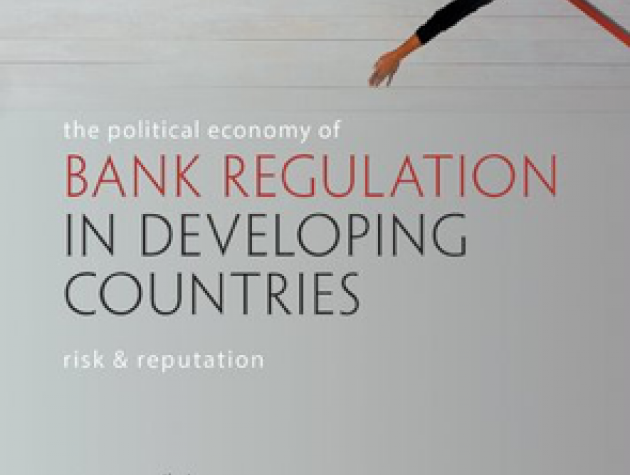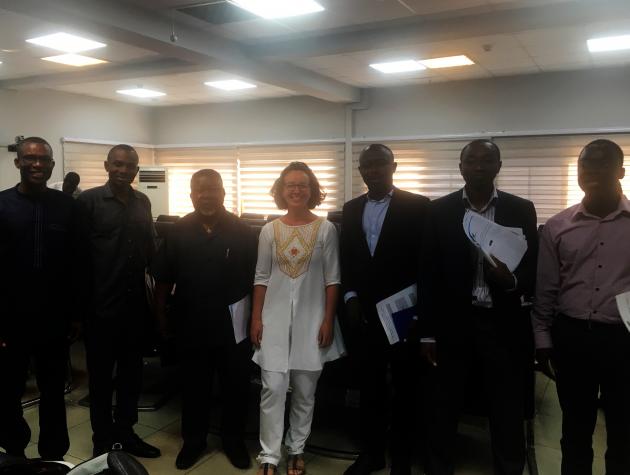Consolidating Africa's Mobile Banking Revolution
The financial services sector in Africa is changing rapidly, and the mobile banking revolution is a key driver of this change. Mobile financial services have advanced in waves, beginning with payments and transfers before progressing into virtual savings, followed by credit, cross border transfers and more recently into new services such as insurance. M-Pesa, Kenya’s digital financial service is the best known, and similar initiatives are underway in many other African countries, including Tanzania, Rwanda, South Africa, Nigeria, Ghana and Cote d’Ivoire.
Although there have been pockets of success, it has been difficult to replicate the mobile banking revolution. Many contend that adopting ‘enabling regulation’ is central for the expansion and consolidation of Africa’s digital services revolution, but there is a lack of clarity on what precisely this entails and how it can be pursued. Important questions remain about what regulatory approaches facilitate the take-off and deepening of digital financial services; the best ways to support cross-border payments; how to navigate the politics of regulatory design and implementation; and the impact of expanding digital financial services on financial stability and monetary policy.
To explore these issues, GEG convened a high-level roundtable in February 2016 to critically assess and share experiences of regulating digital financial services in Africa. Participants included senior government regulators, market participants, academics, and selected officials from multilateral organisations. Comparing experiences across countries, we discussed the main challenges and opportunities for regulators, distilled practical lessons and specified areas for future policy-relevant research. This report presents an overview of the discussions and also brings together the short though-pieces submitted by participants prior to the meeting.





